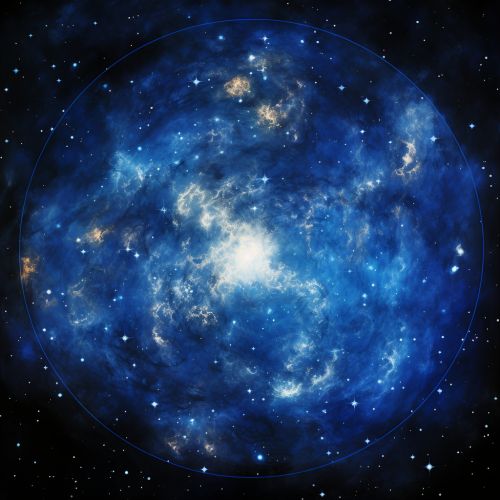Stellar Dynamics
Introduction
Stellar dynamics is the branch of astrophysics that describes the collective motion of stars in galactic systems, particularly in star clusters and galaxies. It applies the principles of dynamics to predict the gravitational interactions and future evolution of these systems.
History
The field of stellar dynamics has a rich history, beginning with the work of Newton and his law of universal gravitation. The development of celestial mechanics in the 18th and 19th centuries, particularly the work of Laplace and Gauss, laid the groundwork for the modern study of stellar dynamics.


Basic Principles
Stellar dynamics is governed by the principles of classical mechanics, particularly Newton's law of universal gravitation. This law states that every point mass attracts every other point mass by a force acting along the line intersecting the two points. The force is proportional to the product of the two masses and inversely proportional to the square of the distance between the point masses.
Stellar Systems
Stellar systems, such as star clusters and galaxies, are the primary subjects of study in stellar dynamics. These systems are composed of a large number of stars interacting through gravity. The complexity of these systems, combined with the vast distances and timescales involved, make stellar dynamics a challenging and fascinating field of study.
Methods
The methods used in stellar dynamics include both analytical techniques, such as the Fokker-Planck equation, and numerical methods, such as N-body simulations. These methods allow scientists to predict the future evolution of stellar systems and to interpret observations of these systems.
Applications
Stellar dynamics has many applications in astrophysics, including the study of galaxy formation and evolution, the dynamics of star clusters, and the identification of dark matter.
